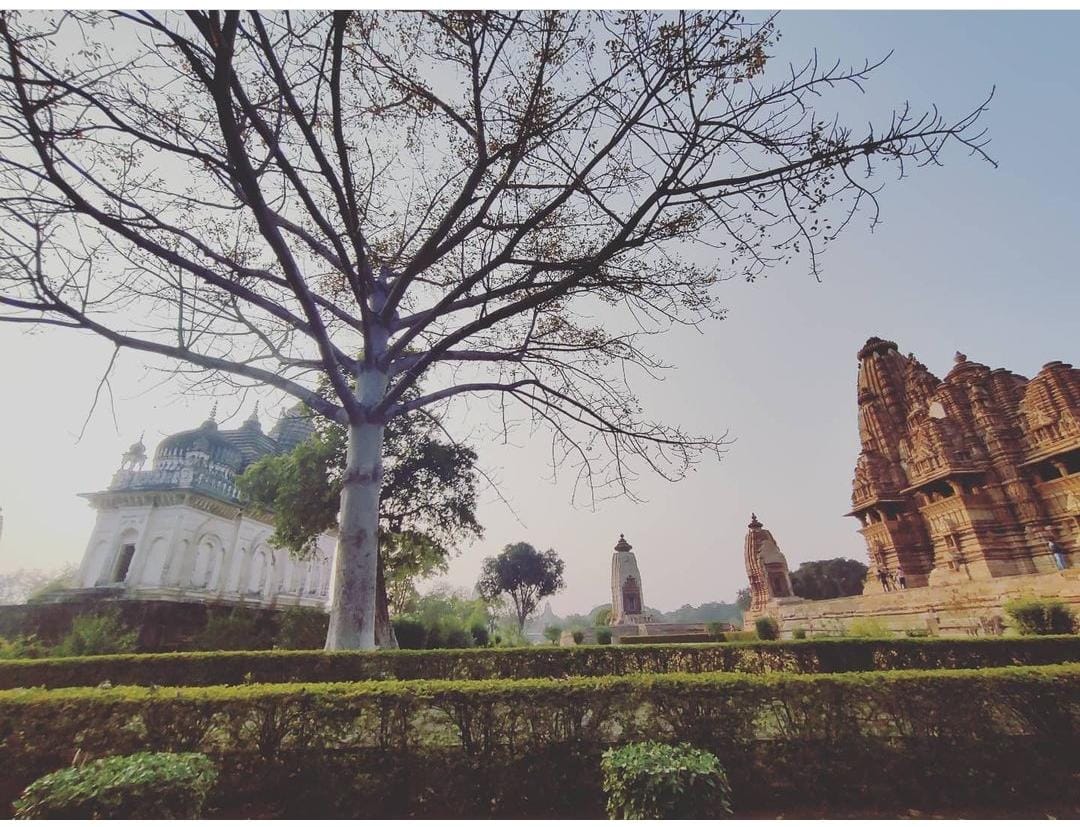Let us March to the Bazar with Shackles in Feet Translating Faiz Ahmed Faiz
Main Article Content
Abstract
The bazar is the stage of ethical contestation, and the place of laying claim to Truth; it becomes the Holy Altar of Sacrifice. It is the place of ultimate witnessing, of shahādat, or martyrdom which is essentially the witnessing of Truth in the form of submission of the self into the Self, a sublimation of the soul into the Soul, a finding of contingent being into Absolute Being, a journey from wujūd to Wujūd. But that submission, paradoxically, must also be witnessed so that it can be known, and thus found, that is, become maujūd (existent)—there must needs be a shahāda of the shahādat, a witnessing of the Witnessing, and that witnessing must take place in the bazar, the centre of the spectacle—the jalwa, the tajallī, the spectacular Divine Deployment through Self-manifestation. For without witnessing, there’s no knowing and without knowing, no realization of Divine Self-knowledge of Absolute Being. That is why all the lovers of the Beloved, the ‘āshiqīn of al-Ḥaq̣q̣ al-Jamāl, of Truth-Beauty, must dance in the bazar, the quintessential site of the manifestation of the Beloved as Truth-Beauty, and also as Love in, and through, the lovers’ ecstatic dance.
The lovers must dance in the company of the Beloved, at the sight of Her Self-disclosure, Her Unveiling, that is, in the bazar, the central square before being slaughtered on the square. They must do so, so that their shahādat of Truth in love, their intense witnessing of Truth through sacrificing of their self in love, their martyrdom that is, can be witnessed and known by other lovers and by the Beloved as a spectacular manifestation of Truth, Beauty, and Being. That is what the iconic martyr of love, shahīd-e ‘ishq, Hussain b. Mansur al-Hallaj brought upon himself, and sacrificing his self into the Self out of love—self-sacrifice being an inherent quality and condition of ‘ishq love—turned the scene of his spectacular public qattāl, his intense assassination in the bazar, the central square, into a tajallī, into Divine Self-disclosure itself. That is, in this intensified witnessing through annihilation of the self into the Self, the shāhid became shahīd, the witness became the martyr, and the lover became the Beloved, raising the spectacle of this witnessing to the level of tajallī, of Divine Deployment itself. And ever since, this tajallī has become common vocabulary in the phenomenological, metaphysical, and aesthetic tradition of Islam.
In the realm of Urdu alone it has become common parlance in the popular poeticizations by Faiz Ahmed Faiz, such as in his oft-sung poem āj bāzār meñ pā-ba-jaulāñ chalo. Thus, all martyrs of love, like this ultimate martyr of love, dance in the bazar—the city square, the qalb, the heart, the pivot of inqilāb, of revolution—in the Beloved’s City and beckon others to the same fate. And they dance intoxicated and without fear—in fact, without pain or suffering, which is naught but their dam-sāz, the companion of their breath, their witness, and intimate friend—they dance instead in Joy of Divine Ecstasy. And in this state they invite more lovers, others whose hearts are afflicted with Truth to pack up their heart’s load, and yet again, go and be murdered, sacrifice themselves, and be martyred for and in Truth.
Downloads
Article Details

This work is licensed under a Creative Commons Attribution 4.0 International License.
Copyrights of all materials published in SARE are retained by the authors. Authors may republish their work or grant others permission to republish it. We would be grateful if republication is accompanied by an acknowledgment that the work was originally published in SARE.
